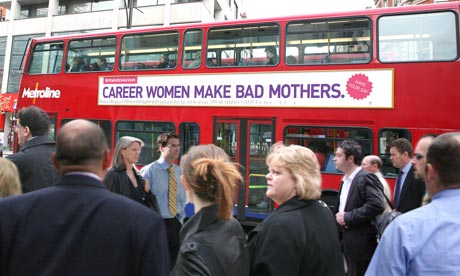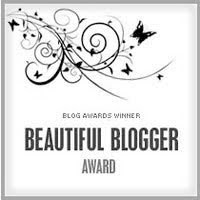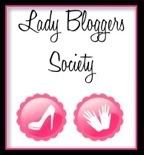Guest blogger Tanya Williams talks about the princess phenomenon and why she wants to live happily ever after...

Why do we want to be princesses?
What is it about being a princess that attracts girls (both young and old)?
The official definition of a princess is:
A woman member of a royal family other than the monarch, especially a daughter of a monarch.
1. A woman who is a ruler of a principality.
2. A woman who is a hereditary ruler; a queen.
3. A noblewoman of varying status or rank.
4. The wife of a prince.
5. A woman regarded as having the status or qualities of a princess.
Princesses are known for being feminine, empowered, respectful and confident. Of course, we all want to aspire to be this.
As women do we want to be princesses to escape our reality?
If only we could escape to a fairytale world when the going gets tough. In this world that is so pretty and glamorous they are the heroines who live the perfect life in the perfect world.
Being a princess means being special and living happily ever after with our Prince Charming. There is nothing wrong with this fantasy as long as it doesn’t become obsessive.
I want to be a princess and believe there is nothing wrong with it. I am an educated, corporate chic who has a great lifestyle and her own prince charming. To me being a princess is just about being made to feel special. I think it’s normal to want more; afterall we do live in a materialistic world driven by celebs and fame. It’s not wrong to want to feel empowered and loved and to share our lives with a special person.
But somehow, the princess phenomenon has become way more loaded in recent years. These days, that message begins practically at birth with everything from princess baby shirts and "her royal highness" bibs to princess-themed photo albums and picture frames for baby girls.
By the time those girls are toddlers, many are drawn to the princess dresses, glittery crowns and even makeup. Barbie has many princess-oriented items, and then of course, there's the undisputed leader in all things princess: The Walt Disney Co.
For many women, being a princess takes us back to our childhood. Those feelings of being loved, protected and knowing that one day our Prince Charming will rescue us so we can live happily ever after.
Do we want to be rescued? That’s an anti-feminist statement but is there some truth to this viewpoint or is it an easy way out?
We are spending lots of time and money seeking out scenarios wherein life is fantastic and magical. One such venue is Manhattan's New World of Disney store. This megastore provides girls and their mothers a space where they can spend "quality" time together while learning to be "princesses." Like a finishing school for girls, this store provides opportunities for girls to learn how to be princesses by "sipping tea" and by receiving tutoring "on the four qualities every princess possesses: intelligence, grace, thoughtfulness, and honesty." All this can be purchased at the "low" price of $80, and the cost of a crown is a veritable "bargain" at about $24 a pop, depending on the type you choose.
Mmm, not convinced that spending $80 to spend time with a loved one, is sending the right message?
Do we, as women, really want to be "fairy princesses"? Or do we just want everything that is associated with being a princess?
I think it is a little of both. And given the world as it stands today, who can blame us for wanting to escape (even if for a few minutes).
Whatever you think about being a princess, I believe as women we CAN have our cake and our tiara too!
Tanya Williams is the Chief Executive Officer of Princess Chic, an online shoe boutique, and self-confessed shoe addict. She has almost a decade of experience in advertising and media.












